When will this cruel carnage of our precious native wildlife end?
Why do we spend public money protecting and showing such impressive native animals, at the same time as we let farmers cull them in their tens of thousands? asks Charles Wooley.
Opinion
Don't miss out on the headlines from Opinion. Followed categories will be added to My News.
THIS week on the main road from Dodge City to Sorell I was driving behind an old farm truck carrying a caged family of pigs.
I assumed it was a family because it comprised a female, a male and a cute little piglet.
Dusty the dog had his head right out the window observing them. He was whining in the same way he does watching a David Attenborough documentary when the lion dramatically brings down an antelope.
Like Dusty, like me, like you, most of us have evolved as meat eaters who no longer kill their own meat, but eat it anyway.
Guilty as charged, your worship. I love a bacon sandwich as much as the next carnivore, but I would need to be very hungry before I personally killed any member of that pig family, swaying unsteadily on their trotters in the back of the farm truck bound for who knows where.
On the road to Sorell, I was having Disney spells about the fate of those three little pigs. Common sense should have told me I was probably watching a horror movie. Still, I hoped for a G-rated happy ending on Rainbow Farm where the piggy family would roll in clover and grow old together.
Of course, anthropomorphic fantasies don’t bring home the bacon. The book and the film Watership Down took slow-roasted rabbit off the menu when we lived in London. Yet at the same time my young daughters still shared my deep love of what the English call “a bacon sarnie”.
Then one night they saw an animal rights ad on television, which explained that pigs have an intelligence equivalent to that of a three-year-old child.
The screen showed images of crowded cages in a piggery and then went to black while the voice of a three-year-old cried in the darkness, “Mummy, where are you? I want my Mummy.”
It put us all off our bacon.
In time I recovered, but the girls never did.
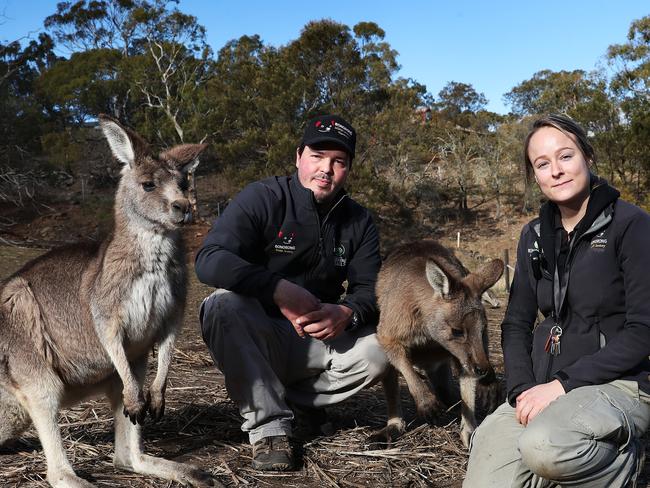
I started today with a digression because if I began with the awful details of Tasmanian animal carnage released this week ... well, I don’t think you, meat eater or vegetarian, would have read this far.
But stay with me now and consider these alarming numbers.
In Tasmania, in the name of crop protection, 1,176,002 Bennett’s wallabies and 1,088,117 Rufous wallabies were among the many millions of Tasmanian native animals exterminated over the past two years under what are euphemistically called property protection permits.
Greens environment spokesperson Rosalie Woodruff, bulk-handling the total Tasmanian animal cull, put it this way: “That’s nearly 100 killed every hour for an entire year.”
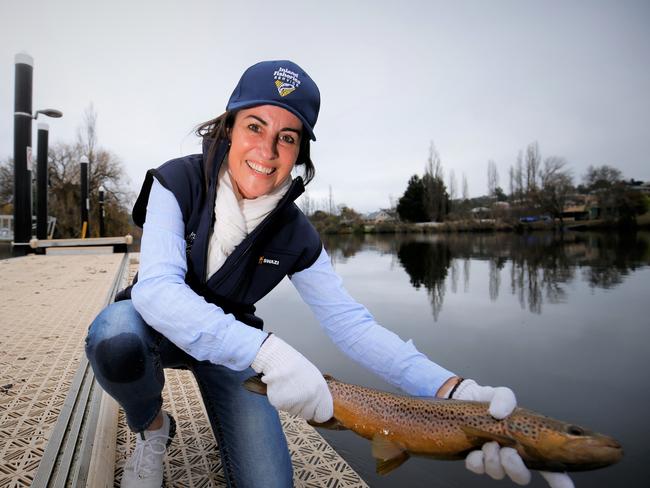
It fell to former television newsreader, one-time Miss Tasmania and now Primary Industries and Water Minister Jo Palmer to release these shocking figures.
Generally, news presenters just read the autocue, they don’t report or write the news, so maybe that was why Mrs Palmer didn’t feel the need to defend the appalling death toll.
I’ve never seriously considered politics, but were I unpreparedly shoe-horned into Primary Industries, I would at least have felt constrained to announce some kind of inquiry. Making no comment tends to suggest tacit approval. An inquiry assumes a degree of concern, but still allows the mass shooting and poisoning to continue.
We can only guess that Jo hadn’t been long enough in the dark arts of politics before finding herself in what is, potentially, a very hot seat.
Brushtail possums: 530,487.
Sulphur-crested cockatoos: 14,103.
Black swans: 6148.
Cape Barren geese: 1882.
… the list goes on.
I was surprised to find 24,108 Forester kangaroos in this grotesque tally.
The Forester is our largest marsupial, attaining 60kg in weight and 2m in height. It is fully protected. Its range is now restricted to isolated populations in central and northeastern Tasmania.
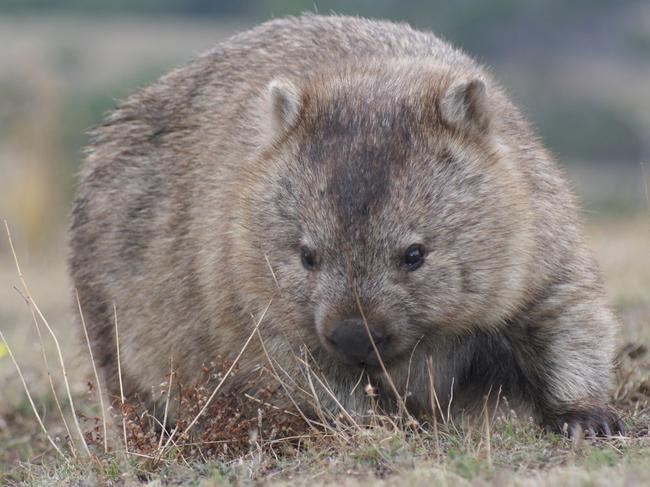
If you haven’t seen them, take the kids up to the Narawntapu National Park in the North-East. They are magnificent animals. The park rangers refer to the grassy plains of Narawntapu as “Jurassic Park”.
You will understand why when you get close to these browsing giants. The place is a credit to the Tasmanian Parks and Wildlife Service.
But why would we spend public money protecting and showing such impressive native animals, at the same time as we kill them in their tens of thousands?
Note to the minister. Please explain.
In particular explain it to Greg Irons, the de facto patron saint of Tasmanian wildlife and the director of the Bonorong Wildlife Sanctuary at Brighton.
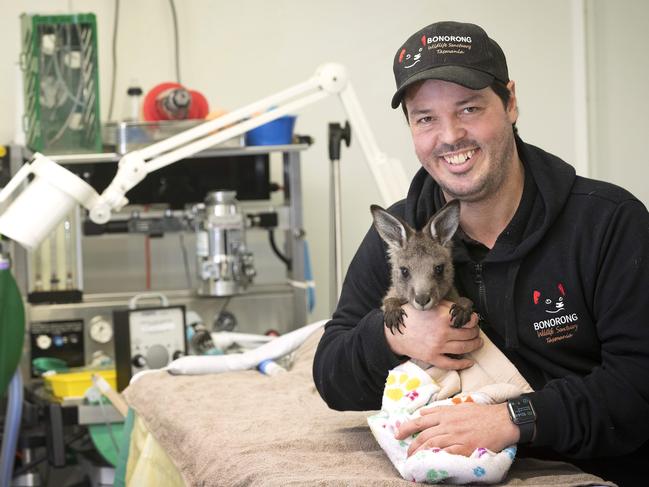
Greg has devoted his life to the promotion and protection of native wildlife. Bonorong’s rescue centre has saved thousands of injured animals, but this week’s release of Tasmanian cull data suggested he was in a zero-sum game.
Greg told me angrily: “I’ve refinanced everything for the animal hospital and rescue service. We’ve spent $1.5m saving the same wildlife that the government is encouraging these guys to kill. It makes me want to throw in the towel.”
Any backyard gardener knows that to some extent all agriculture feels like a battle against nature. But is there not a more humane way of growing crops without the animal carnage?
Otherwise we continue to relive the once notorious Avoca Wallaby Shoot every day of the year, year after year, and hoping no one notices.
In the litany of the tens of thousands of feathered creatures slaughtered in the past couple of years, I was surprised to find 560 of those beautiful diminutive birds, the silvereye.
Whatever was their crime?
Well, apparently they eat grapes.

But the Wobbly Boot Vineyard at Campania doesn’t shoot them. Their vines are netted to protect them from birds.
Winemaker Paul Williams says: “Culling wildlife is totally unnecessary. There’s a heap of other strategies, like sonic devices, electric fences, lasers, which are popular in America, and, most simply, decent fencing. Shooting is not inexpensive, particularly when the bad publicity damages your market.”
I look forward to the production of a Wobbly Boot sauvignon blanc called the Silvereye, with the lovely little bird on the label.
That might even encourage other producers to stop killing the wildlife. At the moment we only have raw data. When the public inevitably get to know which agricultural producers are mainly responsible for the slaughter, inevitably there will be negative market reaction.
The governance of Tasmania often appears chaotic and contradictory, as revealed by the shocking numbers this week. This state is promoted as a clean, green destination in which to enjoy the delights of the natural world. But the officially sanctioned mass extermination of our native wildlife is starkly at odds with our marketing brand and tourism signalling.
It is Third World stuff, unworthy of any civilised modern democratic state.
Tourism and farming must be hoping this story will just go away. So far, I haven’t seen it reported in the mainland press, but it is a big story, tailor-made for Four Corners or 60 Minutes. It has the potential to be hugely damaging for Tasmania, possibly much more so than the ongoing bad publicity from farmed salmon.
The government and the farming sector urgently need to start pursuing the development of humane alternatives to Tasmanian animal carnage.
Firstly, they should recognise there is a problem here and at least create some semblance of concern.
In the week since the release of the extermination data, as yet no one has stood up to justify the practice.
Could it be that this dreadful slaughter really is “unspeakable”?
An inquiry informed more by science than by vested interest and sectional politics might help to create the impression that we don’t really think this native animal apocalypse is an acceptable state of affairs.
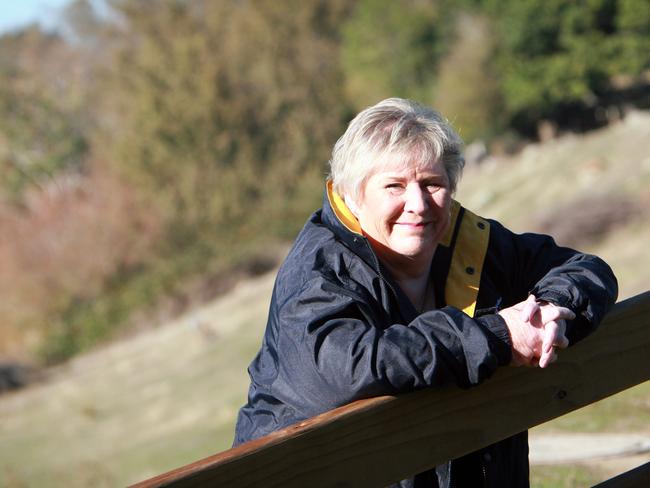
Jan Davis, the former head of the Tasmanian Farmers and Graziers Association, is now the head of the state’s RSPCA. She is a knowledgeable and reasonable person with a foot in both camps, agriculture and animal welfare.
Jan would be the obvious choice to conduct such an inquiry. When I talked to her this week, she conceded that the state clearly had a “huge problem”, but that “I have no answer yet that wouldn’t cause a riot.”.
This at least seems to be a candid and realistic starting point from which to begin resolving this appalling predicament.
Returning to the bacon sandwich, vegetarians must have been particularly shocked this week.
Who in their innocence would ever have thought so many native animals must die to make a vegetable terrine?




